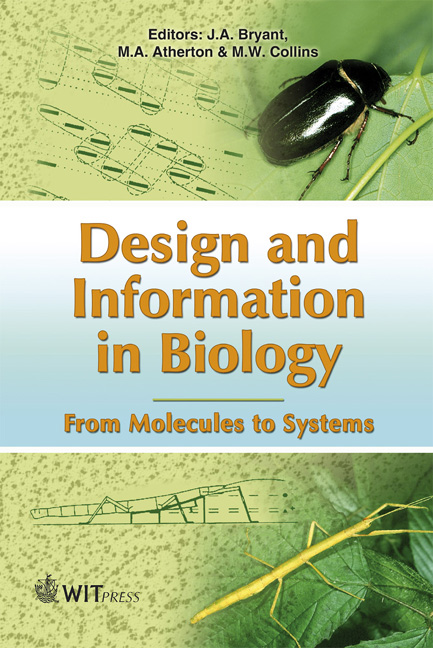The Laws Of Thermodynamics And Homo Sapiens The Engineer
Price
$38.00
Volume
27
Pages
26
Published
2007
Size
894 kb
Paper DOI
10.2495/978-1-85312-853-0/06
Copyright
WIT Press
Author(s)
M.W. Collins, J.A. Stasiek & J. Mikielewicz
Abstract
Chapter 6 The laws of thermodynamics and Homo sapiens the engineer M.W. Collins1, J.A. Stasiek2 & J. Mikielewicz3 1School of Engineering and Design, Brunel University, Uxbridge, Middlesex, UK. 2Faculty of Mechanical Engineering, Gdansk University of Technology, Narutowicza, Gdansk, Poland. 3The Szewalski Institute of Fluid – Flow Machinery, Polish Academy of Sciences, Fiszera, Gdansk, Poland. Abstract One of the key developments in the university scene since the publications of The Origin of Species has been the emergence of engineering as a discipline in its own right. Over the same timescale the realization has developed that the laws of thermodynamics, universal in their engineering scope, must also apply to biology and living systems. As a matter of historical fact, the relationship between biology and thermodynamics had a bad start, and the reasons for this are discussed. Now one of the foundation concepts for thermodynamics is that of the heat engine, stemming from the radical achievement of the Industrial Revolution of being able to produce mechanical work from heat. In this chapter, we find that by re-defining the heat engine in terms of output, all organisms can be viewed as ‘survival engines’, certain animal species and man as ‘work engines’, and man himself as a ‘complexity engine’. A number of examples are taken from the process of building the dome of the cathedral at Florence by Brunelleschi, a defining moment in the history of the Renaissance. This interpretation of Homo sapiens is consistent with Lumsden and Wilson’s assessment of man as being the only eucultural species: various consequences of this are discussed. The chapter completes our trilogy of studies on the laws of thermodynamics, by then focusing on the possibility of further laws for living organisms, especially Kauffman’s proposal for a fourth law. Finally, a concluding discussion entitled ‘How mathematical is biology?’ highlights the question of including mathematics as part of that integration. 1 Introduction 1.1 General This chapter completes our trilogy of studies addressing the relationship of thermodynamics with biology. In Chapter 5, our direct personal contributions were limited to topics from physics
Keywords





